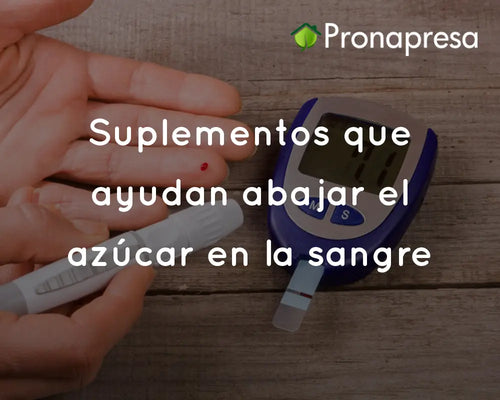
Anxiety disorders top the list (19.5%), followed by mood disorders (depression and bipolar disorder 13.3%), impulse control disorders (gambling, fire, theft, etc.) (9.3%), and those related to psychoactive substance use (9.4%).
First warning signs
One or more of the following feelings or behaviors may be the first warning sign of a problem:
- Eat or sleep a lot or a little
- Getting away from people and usual activities
- Having little or no energy at all
- Being numb or feeling like nothing matters anymore
- Having unexplained aches or pains Feeling hopeless or helpless Smoking, drinking, or using drugs more than usual
- Feeling unusually confused, forgetful, nervous, angry, upset, worried, or afraid
- Yelling or fighting with family and friends
- Having significant mood swings that cause problems in relationships
- Having persistent thoughts and memories that you can't get out of your head
- Hearing voices or believing things that are not true
- Thinking about hurting yourself or others
- Not being able to perform daily tasks, such as caring for your children or going to work or school
Symptoms of the most recognized diseases
Depression
Depression is characterized by a persistent state of profound sadness and loss of interest for a period of time, usually between four and six months. Depression can be accompanied by other symptoms such as irritability, fatigue, sleep problems, difficulty concentrating, memory problems, and suicidal thoughts.
Anxiety
Anxiety is a normal emotion accompanied by bodily reactions (muscle tension, sweating, trembling, labored breathing, headache, chest pain, or back pain, palpitations, diarrhea, sleep disturbances) and is triggered by signs of danger. The two most common types of anxiety are generalized anxiety disorder and panic disorder.
Generalized anxiety disorder is excessive worry about life events. Panic disorders are characterized by sudden, overwhelming fear or intense discomfort that can last up to two hours. It is characterized by feelings of suffocation, oppression, palpitations, sweating, nausea, dizziness, fainting, and fear of dying.
Bipolar disorder
It is an illness in which the patient sometimes experiences profound sadness, apathy, or lack of energy (depressive state), and at other times feels euphoric and full of vitality (manic episode). In manic states, one may observe increased sensory perceptions, difficulty paying attention, superficial and meaningless conversation, restlessness, and hyperactivity. In a depressive state, one may experience sadness, an inability to remember things, a decreased ability to think, act, or move, insomnia, or nightmares.
Substance-induced mood disorder
Substance abuse or withdrawal (alcohol, cocaine, amphetamines) can often produce symptoms similar to those of bipolar disorder. Once the patient stops these medications, their mood returns after overcoming a period of abstinence.
Schizophrenia
Schizophrenia is a disease that alters the way we perceive or interpret reality. This leads to the patient hearing or perceiving sensations that others do not perceive (voices, hallucinations). This produces a change in character characterized by lack of motivation, disinterest, and apathy.
Schizoaffective disorder
It is a condition in which the patient suffers from symptoms of schizophrenia (which affects thinking) and bipolar disorder (which affects mood) at the same time.
Impulse control disorder
Impulse control disorders are characterized by the inability to stop performing certain actions that are harmful to oneself or others. Patients feel unable to control their behaviors and emotions, causing problems in various areas of life. The most common are kleptomania (the tendency to take other people's things without permission), intermittent explosive disorder, compulsive gambling (gambling addiction), pyromania (fire addiction), and compulsive sexual behavior.
Don't hesitate to consult a mental health specialist if you think you have a mental health problem. Likewise, exercising and maintaining healthy lifestyle habits promote mental health, balance, and well-being. Similarly, mental health has an impact on physical health: good mental health helps the body stay healthy, while if there is a problem, fatigue, discomfort, physical pain, a weakened immune system, and somatic symptoms are more likely to occur, which can lead to illness.





















































